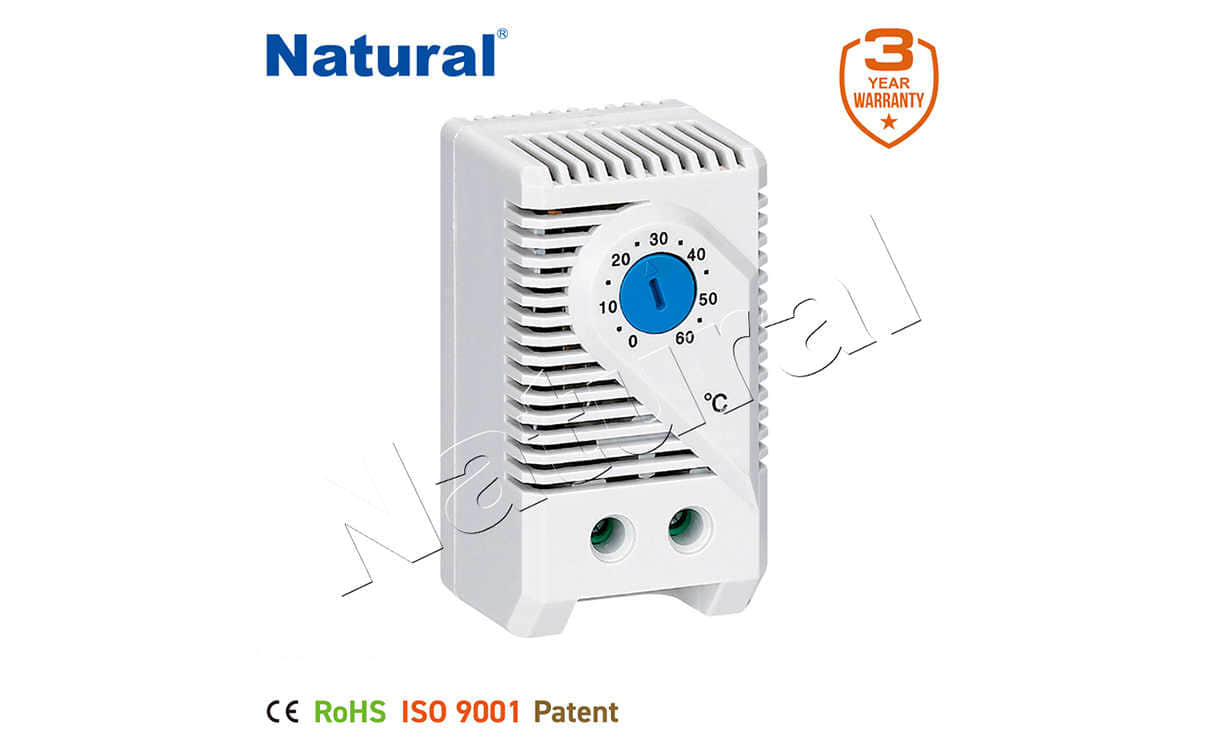understanding the adjustable mechanical thermostat: a reliable solution for temperature control
Release time:2025-05-12 02:34:54
An adjustable mechanical thermostat is a vital component in many homes and industrial applications, providing a simple yet effective way to regulate temperature. Unlike digital or programmable thermostats, the mechanical version relies on physical components to detect and adjust temperature. Despite the rise of smart and digital devices in recent years, adjustable mechanical thermostats continue to be favored for their simplicity, reliability, and cost-effectiveness. This article explores the functioning, advantages, and practical uses of adjustable mechanical thermostats, shedding light on why they remain a popular choice for both residential and commercial settings.

What is an Adjustable Mechanical Thermostat?
At its core, an adjustable mechanical thermostat consists of a metal coil or a bimetallic strip that reacts to changes in temperature. These strips expand or contract when exposed to heat or cold, which in turn activates a switch that controls a heating or cooling system. By adjusting the position of the dial or knob on the thermostat, users can set the desired temperature, and the device will automatically maintain this setting by turning the system on or off as needed.
Mechanical thermostats operate purely through physical processes and do not rely on electricity for their basic function (though some models may require electricity for certain features). This simplicity in design contributes to their reliability and long lifespan. Mechanical thermostats can be found in a variety of settings, from household heating systems to commercial refrigerators, providing an essential function in temperature regulation.
 28 items Patent
28 items Patent
 28 items Patent
28 items Patent
 28 items Patent
28 items Patent








